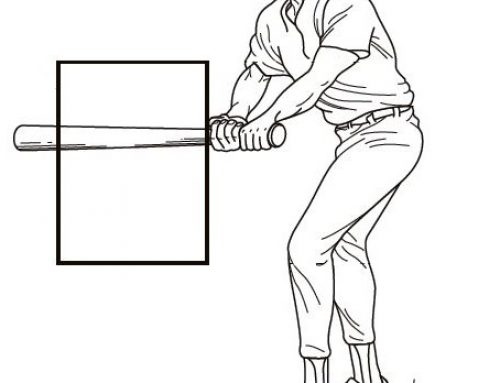What is a Patent?
A United States patent for an invention is the grant of a property right to an inventor, issued by the United States Patent and Trademark Office (USPTO). U.S. patent grants are effective only within the United States, U.S. territories, and U.S. possessions. According to U.S. law, the right conferred by a patent grant is “the right to exclude others from making, using, offering for sale, or selling” the patented invention in the United States or “importing” the invention into the United States. What is granted is not the right to make, use, offer for sale, sell or import, but the right to exclude others from making, using, offering for sale, selling or importing the invention. Once a patent is issued, a patentee must enforce the patent without aid of the USPTO.
There are three types of patents:
1) Utility patents may be granted to anyone who invents or discovers any new and useful process, machine, article of manufacture, or composition of matter, or any new and useful improvement thereof. Generally, the term of a utility patent is 20 years from the date on which the application was filed in the U.S. or, in special cases, from the date an earlier related application was filed in the U.S., subject to the payment of maintenance fees.
2) Design patents may be granted to anyone who invents a new, original, and ornamental design for an article of manufacture. The term of a design patent is 15 years from the date of grant of the patent.
3) Plant patents may be granted to anyone who invents or discovers and asexually reproduces any distinct and new variety of plant.






